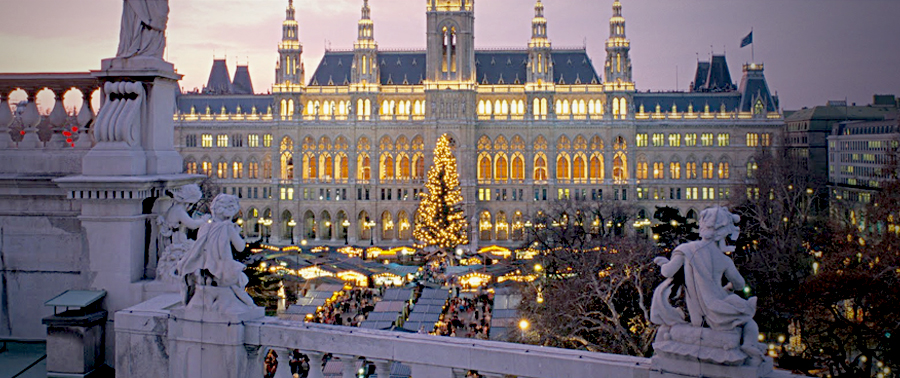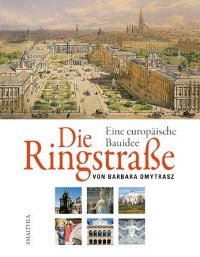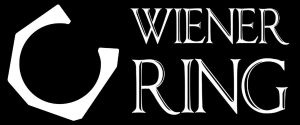
HISTORY OF THE VIENNA RINGSTRASSE
The largest urban building project in Europe during the 19th Century
A BOULEVARD IN THE SHAPE OF A HORSESHOE
As a work of art that embodies “Neo-Classicism” the Ringstrasse is the most important and largest of its epoch, and became known in history as the “Era of the Ringstrasse”. Viennese Neo-Classicism inspired the style of architecture that was to be called Ringstrassenstil (“Style of the Ringstrasse”). The shape of a horseshoe gives the boulevard its unique and single character; and the forms of architecture that embody Europe during the last 2,000 years present themselves in a historical context on the Ringstrasse. The Ringstrasse is also a mirror image of the Hapsburg Monarchy’s changing self-awareness that formed a symbiotic relationship between “Zeitgeist” and Politics.
During the time of Neo-Classicism connections are made to familiar traditions, yet with the help of known classical forms something totally new is created as old motifs are revived and styles are mixed. On one hand it was hoped to create continuity between the new buildings and the historical achievements; on the other hand, the chosen style became symbolic regarding the function and usage of the building. The architects refer back to the styles that best represent the purpose of the new building. Since archtitectural forms have inherent characteristics, the building absorbs these values – the messages ask to be revealed.
Romantic Neo-Classicism, Strict Neo-Classicism, and Baroque Neo-Classicism – those three significant phases of Neo-Classicism can be found on the Ringstrasse, but no concrete historic art style can be clearly defined.
Architects from all over Europe participated in the competition for ideas on how to design the new boulevard that was supposed to give the residence of the Danube Monarchy the character of a new metropolis. Vienna was the most rapidly growing city in Europe at the time. The Hapsburg Monarchy’s territory was the second largest in Europe; from the point of population size it was in third place and had 50 million inhabitants at the turn of the century. The dream was to surpass the grandeur of the Parisian boulevards.
Source: (Dmytrasz: Die Ringstrasse, S. 10)

In cooperation with the publishing house Amalthea Signum we present “Die Ringstrasse” – a book, written by Professsor Barbara Dmytrasz.
YOUR INDIVIDUAL VIENNA RING
We will be happy to realize your own version of the “Vienna Ring” – please send us a sketch or drawing with a description and we will provide you with an individual estimate.
